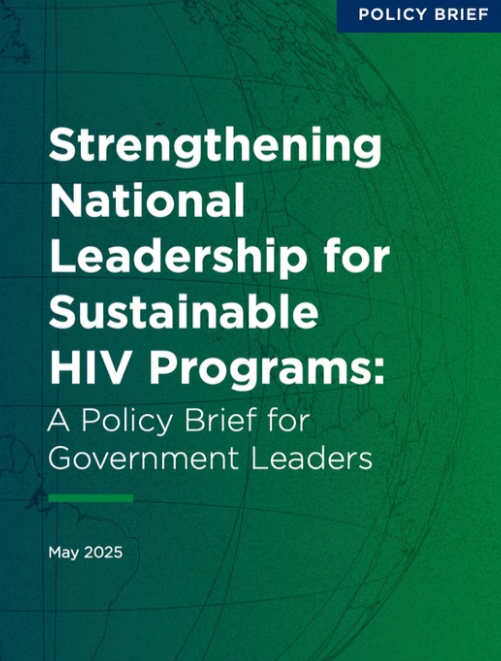Integration Opportunities for HIV and Family Planning Services in Addis Ababa, Ethiopia: An Organizational Network Analysis
Integration Opportunities for HIV and Family Planning Services in Addis Ababa, Ethiopia: An Organizational Network Analysis
Abstract
Background
Public health resources are often deployed in developing countries by foreign governments, national governments, civil society and the private health clinics, but seldom in ways that are coordinated within a particular community or population. The lack of coordination results in inefficiencies and suboptimal results. Organizational network analysis can reveal how organizations interact with each other and provide insights into means of realizing better public health results from the resources already deployed. Our objective in this study was to identify the missed opportunities for the integration of HIV care and family planning services and to inform future network strengthening.
Methods
In two sub-cities of Addis Ababa, we identified each organization providing either HIV care or family planning services. We interviewed representatives of each of them about exchanges of clients with each of the others. With network analysis, we identified network characteristics in each sub-city network, such as referral density and centrality; and gaps in the referral patterns. The results were shared with representatives from the organizations.
Results
The two networks were of similar size (25 and 26 organizations) and had referral densities of 0.115 and 0.155 out of a possible range from 0 (none) to 1.0 (all possible connections). Two organizations in one sub-city did not refer HIV clients to a family planning organization. One organization in one sub-city and seven in the other offered few HIV services and did not refer clients to any other HIV service provider. Representatives from the networks confirmed the results reflected their experience and expressed an interest in establishing more links between organizations.
Conclusions
Because of organizations not working together, women in the two sub-cities were at risk of not receiving needed family planning or HIV care services. Facilitating referrals among a few organizations that are most often working in isolation could remediate the problem, but the overall referral densities suggests that improved connections throughout might benefit conditions in addition to HIV and family planning that need service integration.

